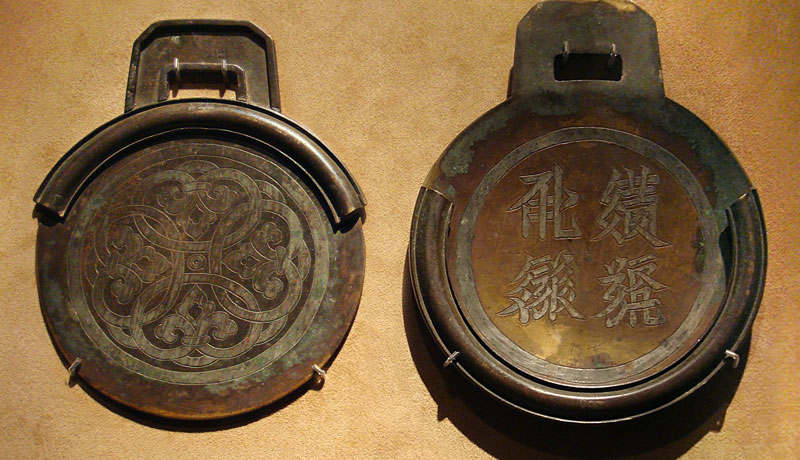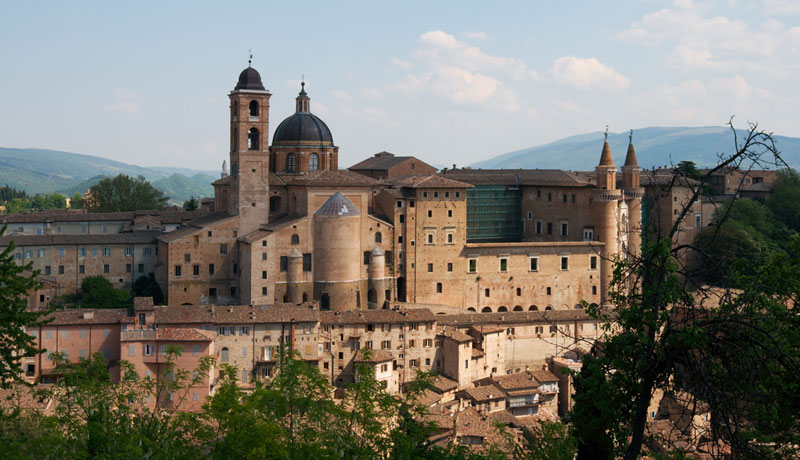Friday, May 13, 2005
Mark Twain’s Adventures Out West
Performance
Through songs and monologues Jim Post interprets Mark Twain’s life and writing during his travels West. Drawn in part from the book Roughing It, Post’s original one-man show recounts Twain’s 1862 trip into the untamed American West. The portrayal shows Twain not only as a profound and caustic thinker, but a global charmer and influence peddler. Jim Post’s performance has been lauded by theChicago Tribune for “stay[ing] away from the usual sardonic characterization, offering instead a well-meaning, exuberant and flailing Twain with a clear tenor and not much irony.”
Saturday, May 14, 2005
Mark Twain Roughin’ It
Lecture : Mark Twain’s San Francisco
San Francisco in 1865 was a rustic metropolis, built from a combination of wealth and rugged individualism. Bernard Taper, author of Mark Twain in San Francisco, will discuss the Barbary Coast of the 1860s and the luminaries that Twain interacted with during his time on the Bay.
Lecture: Recent Discoveries from the Archives
As the largest recipient of Twain writings from recently archived collections throughout the US, the Mark Twain Papers & Project has embarked upon the large task of examining and publishing new Twain journals. The Project’s General Editor Robert Hirst will touch upon the importance of their most recent findings.
Reading
A short collection of Twain writings from his time on the Pacific, including the famous Jumping Frog of Calaveras County, will be read by acclaimed Twain interpreter Jim Post.
Lecture: Mark Twain, the West, and the Genteel Tradition
Undoubtedly one of the most influential and outspoken writers of his, Mark Twain captured the sentiment of a new, post-Civil War nation. Gregory Camfield (University of the Pacific) will share the pivotal experiences of Mark Twain’s youth in the South and his time in Nevada, California and Hawaii and how his perspective on the national landscape influenced his later writings.
Panel Discussion
All participants join a panel discussion moderated by Robert Hirst.
Presenters
Gregg Camfield, English, U of the Pacific
George Hammond, writer, Humanities West
Janet Smith Post, cello
Jim Post, Mark Twain interpreter
Forrest Robinson, American Studies, UC Santa Cruz


